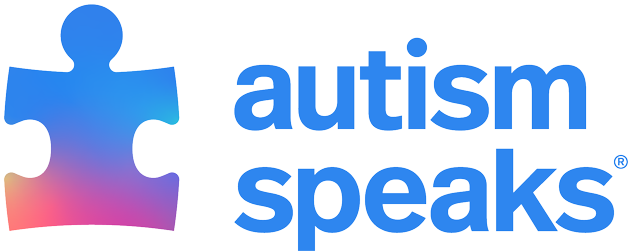Search
Pivotal Response Treatment (PRT)… Response Treatment? Pivotal Response Treatment, or PRT, is a behavioral treatment for autism. This therapy is play-based and initiated by the child. PRT is based on the principles of Applied Behavior Analysis (ABA). Goals of this approach include: Development of communication and language skills Increasing positive social behaviors Relief from disruptive self-stimulatory behaviors The … behavior and learning. Pivotal areas include: Motivation Response to multiple cues Self-management Initiation of social interactions Motivation strategies are an important part of the PRT approach. These emphasize natural reinforcement. For …
Improving autism therapies by exploring the roots of social avoidance… a 2012-13 Autism Speaks Dennis Weatherstone Predoctoral Fellow. Today, Dr. Stavropoulos is a clinical psychologist and neuroscientist at the University of California-Riverside. Her recently published research findings grew out of her … behavior, and we base these approaches on different ideas about why people who have autism tend to struggle with social interactions. My Weatherstone fellowship project launched my research into two seemingly different ideas about why many … braking outside too high pitched. Along these lines, perhaps we should rethink the current practice of working on social communication and sensory issues separately. For example, a child with autism may work on social skills with a behavioral …
Making sense of autistic meltdowns in adults… an overwhelming emotional or sensory experience. Autistic adults across the spectrum are vulnerable to them due to social, communication and/or sensory differences. While meltdowns can look like tantrums to those on the outside, they are not a behavioral … an autistic person’s mind can be thrown off balance. Changes in routine and other sources of anxiety, like social interactions or anticipating high-stress events can also be triggers. Meltdowns are common too in situations when …
Autism and hospital visits… the emergency department or through a planned admission stay — it is important to notify staff of your child’s abilities and how to best provide care for them. Some ways to do that can include: Use an “All About Me” information sheet. Upon … such as loud noises or certain colors and how to accommodate them. If your child or family member has significant communication challenges, bring any communication support tools they use and make sure hospital staff know how to use them. … time frame. Relaxation techniques can also help your child remain calm throughout the stay and throughout any procedures or interactions with staff. Practice breathing exercises. Practice holding and releasing breath using a pinwheel or bubbles. …
Applied Behavior Analysis (ABA)… What is Applied Behavior Analysis? Applied Behavior Analysis (ABA) is a therapy based on the science of learning and behavior. Behavior analysis helps us to understand: How behavior works How behavior is affected by the environment How … helpful and decrease behaviors that are harmful or affect learning. ABA therapy programs can help: Increase language and communication skills Improve attention, focus, social skills, memory, and academics Decrease problem behaviors The methods … reinforcement for demonstrating useful skills and socially appropriate behaviors. The emphasis is on positive social interactions and enjoyable learning. The learner receives no reinforcement for behaviors that pose harm or prevent learning. …
